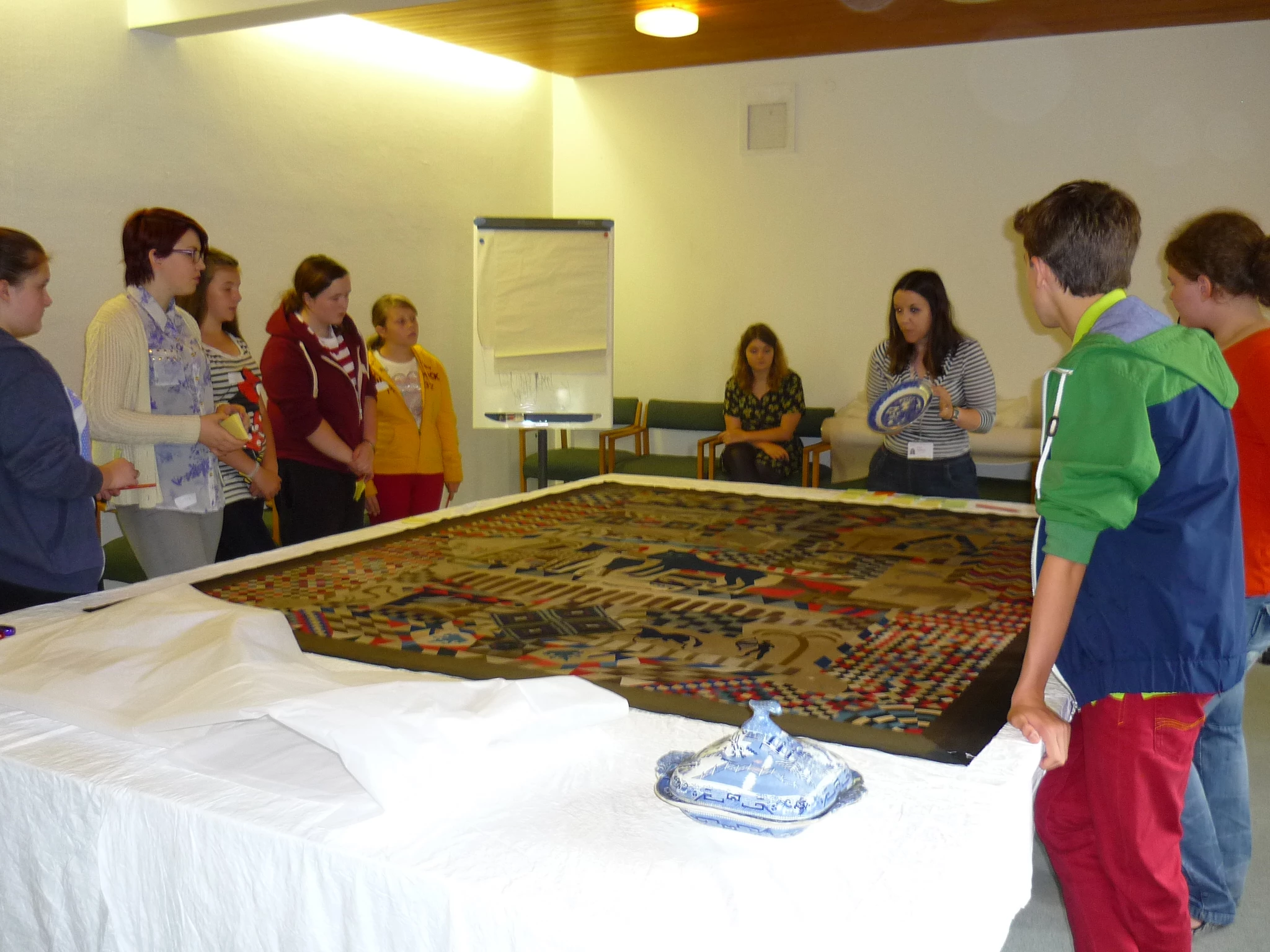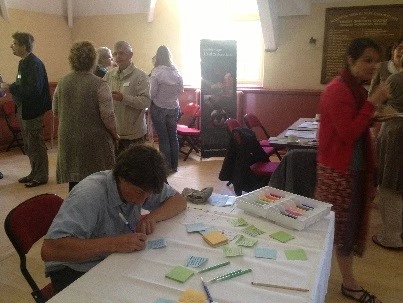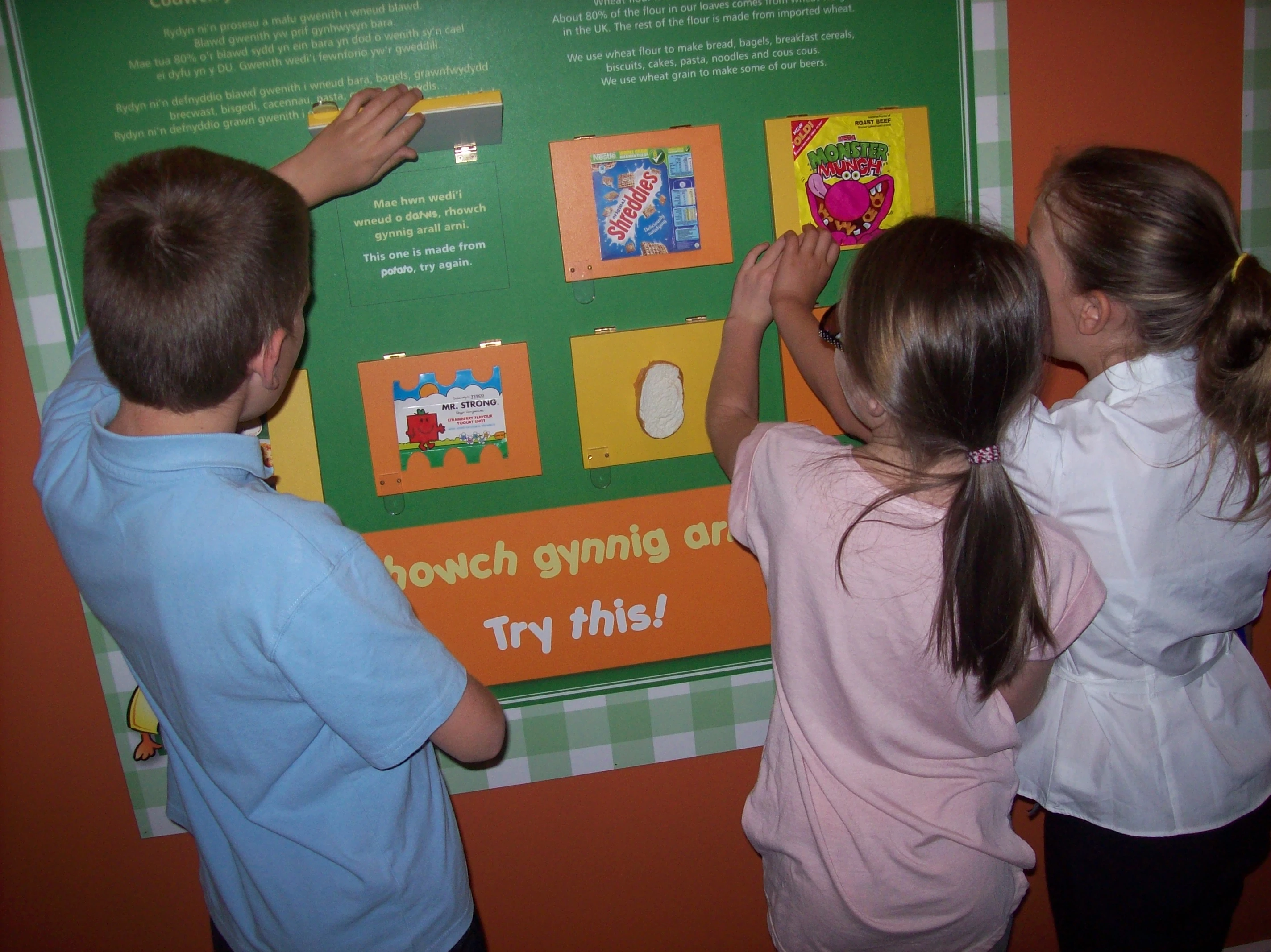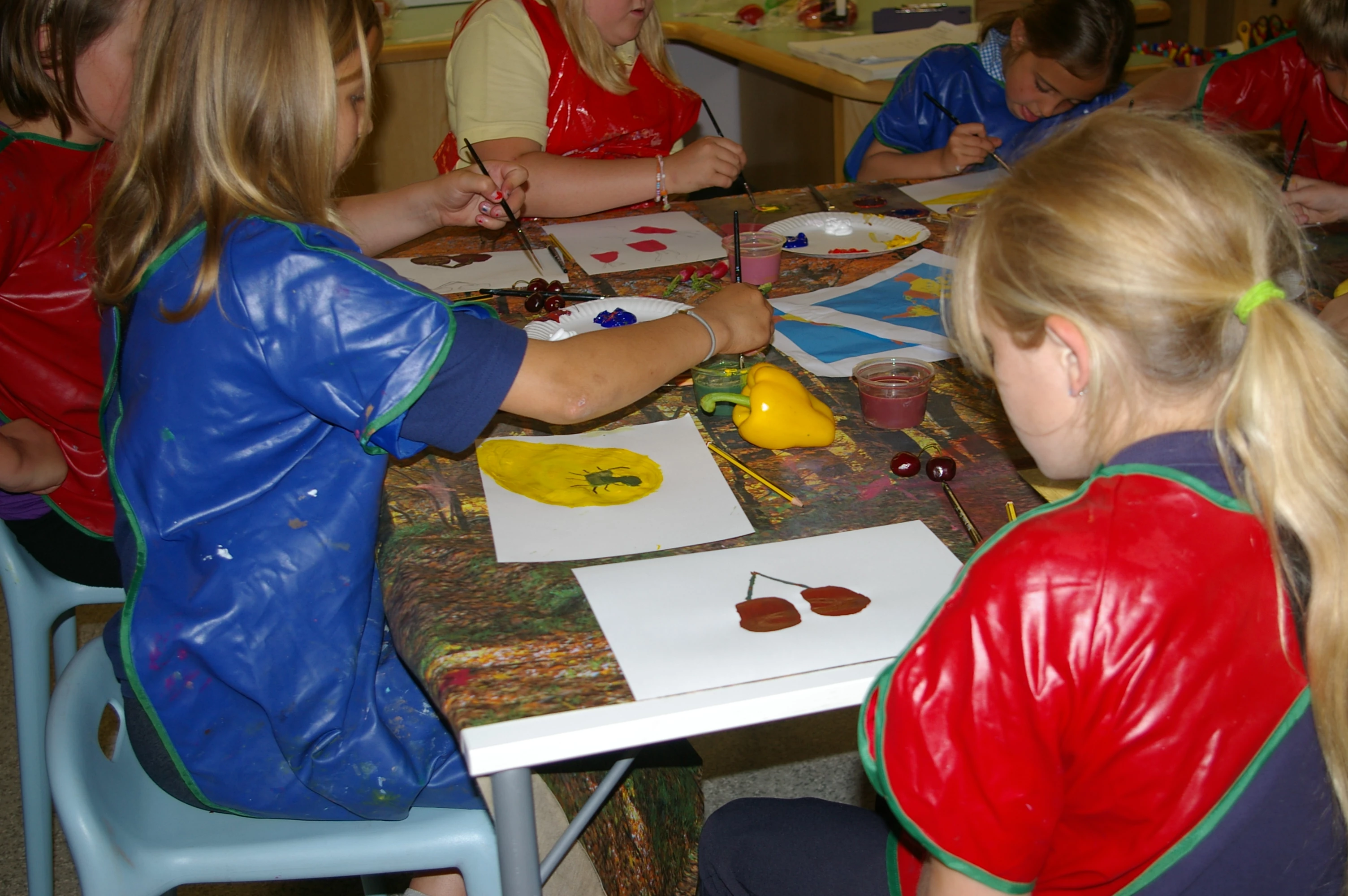The Participatory Forums 2013-10-14
, 14 October 2013
Hello, and welcome to the first instalment of what will become a regular blog following the development of Participatory Forums at St Fagans National History Museum. As part of its exciting redevelopment project (the result of a grant from the Heritage Lottery Fund) the Museum has been developing public consultation methods and engaging with representatives from third sector organisations and individuals from across Wales. These groups symbolise a transformation in our methods of working and are a key step towards our goal of becoming a truly participatory museum.
Discussion and debate is set to be a predominant theme throughout the new gallery spaces. The curators are currently working with the design team Event to develop methods of recording public opinion and responses to objects on display. The plan at present is to open up the floor for further debate online – to create a forum where people can respond to the gallery spaces and to each other, creating a platform for debate which will inspire the Museum’s continued development.
There are a number of issues that will need addressing along the way if we are to ensure that the Museum is representative of Wales as a whole. These will include:
- accessing close-knit community groups who may not see the Museum as representative of their histories
- addressing the poverty barrier to ensure the Museum is accessible to all
- ensuring we provide for people of different ages, ability and varied background.
The primary issue now is to ensure that we are representative of Wales today and that our reach is Wales wide. These are concerns that publicising our ventures can help resolve. We can be Wales wide and representative of all by making the developments visible to all and opening the floor for discussion and debate.
So, let’s set the debate off now! The theme for the first gallery will be ‘Wales is…’ looking at the stereotypical ideals of ‘Welshness’ while also opening the floor for a debate on what Wales is to others, and how Wales has developed throughout history. So, what is Wales to you? We are developing a great Word Cloud of responses. If you email five words that you believe sum up Wales to the link bellow, we will add them to the Word Cloud and post the results here!
Click Here To Send Your ‘Wales is…’ Words
And, watch this space for updates on how the Forums have been helping the Museum achieve its goals…





